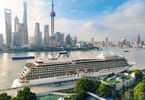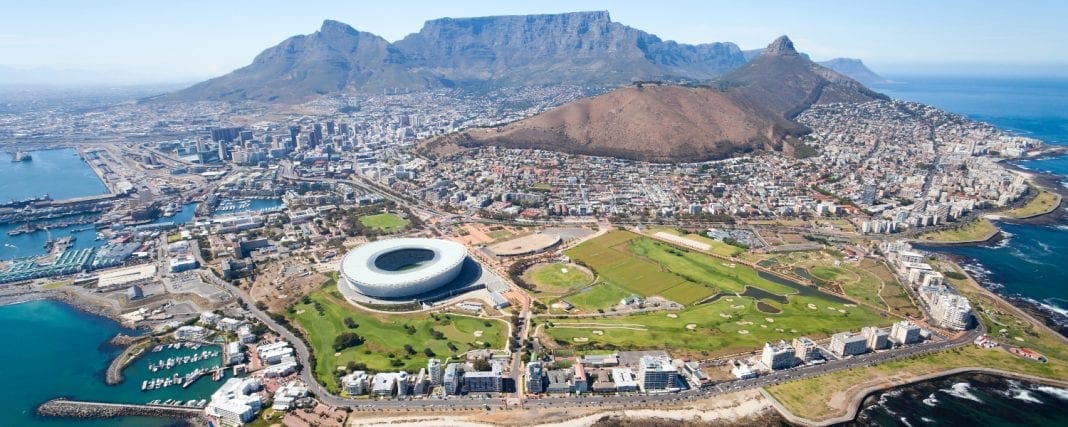ケニア野生生物公社は最近、ナクルの干ばつ状態が悪化した後、最初に10頭のシロサイをナクル湖国立公園からナイロビ国立公園に移し始めました。 KWSはまた、ナクル湖国立公園のサイを干ばつの影響から保護するために、さらなる移転が必要になる可能性があることを示唆しました。
1980年代初頭、ナクル湖国立公園は、当時絶滅危惧種であった種を保護するために、国内初の公園であるサイ保護区になりました。公園全体のフェンスは、特別に設計された電気柵で完成し、サイを作るのに役立ちました。繁殖プログラムは圧倒的な成功を収めました。 実際、サイのいくつかは、サイの個体数を補充し、野生での繁殖を可能にするために、すでに他の公園に移されています。
しかし、干ばつの結果、ナクル湖国立公園の環境収容力は限界に達しており、過去10年以上にわたる繁殖プログラムの成功により、公園の生態系に圧力がかかっています。公園で見つかった多数のサイをより長く維持することができます。 街からわずかXNUMXkmのナイロビ国立公園への訪問者は、少し「郊外へのサファリ」を行うとかなりの数のサイを見ることができるため、移転の恩恵を受けることになります。
この記事からわかること:
- The carrying capacity of Lake Nakuru National Park has reached its limits, however, as a result of the drought, and the success of the breeding program over the past twenty-plus years has added to the pressure on the park's ecosystem, which now is no longer able to sustain the large numbers of rhino found in the park.
- In the early 1980s, Lake Nakuru National Park was turned into the country's first park come rhino sanctuary to protect the then highly-endangered species and the fencing of the entire park was completed with a specially-designed electric fence, which helped to make the rhino breeding program an overwhelming success.
- Visitors to the Nairobi National Park, only 10 miles from the city, will be the beneficiaries of the relocation, as they will be able to see quite a few more rhinos when doing a little “safari to the suburbs.






















